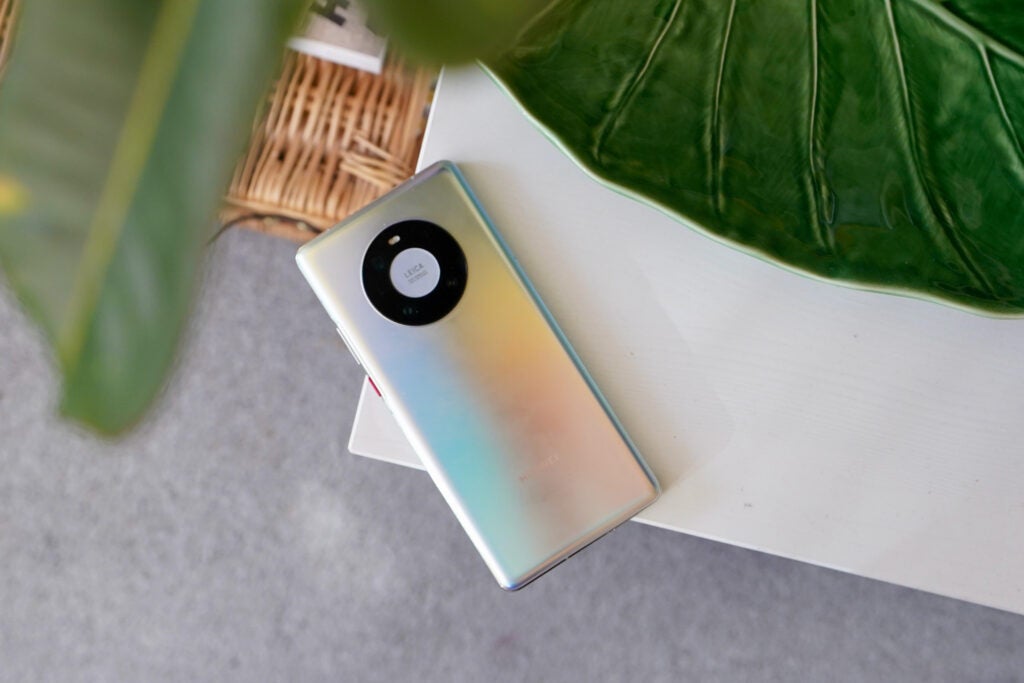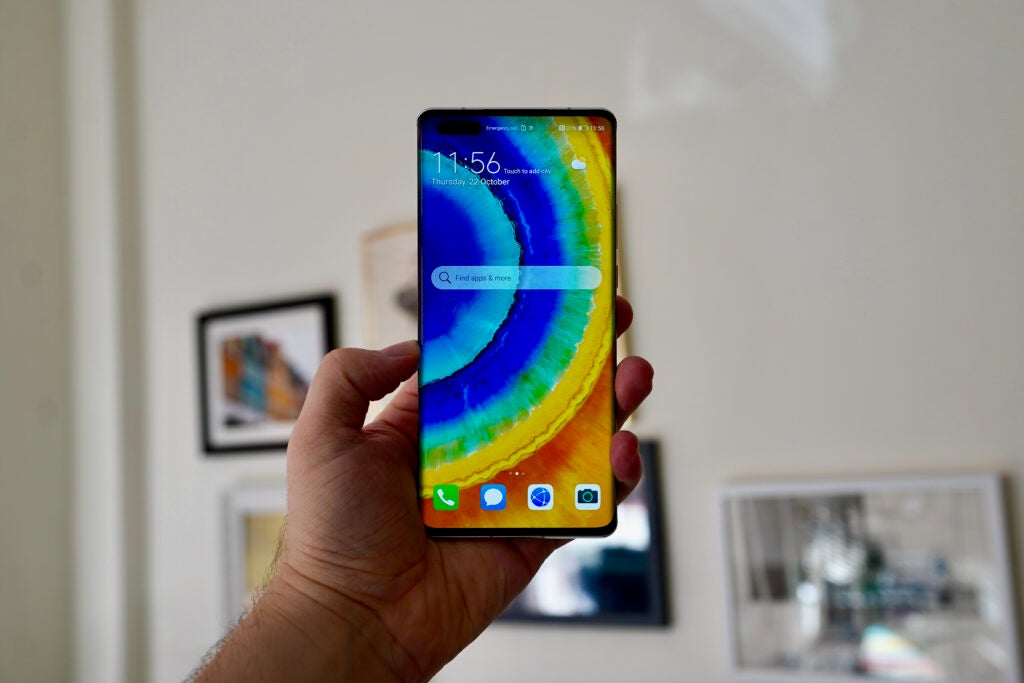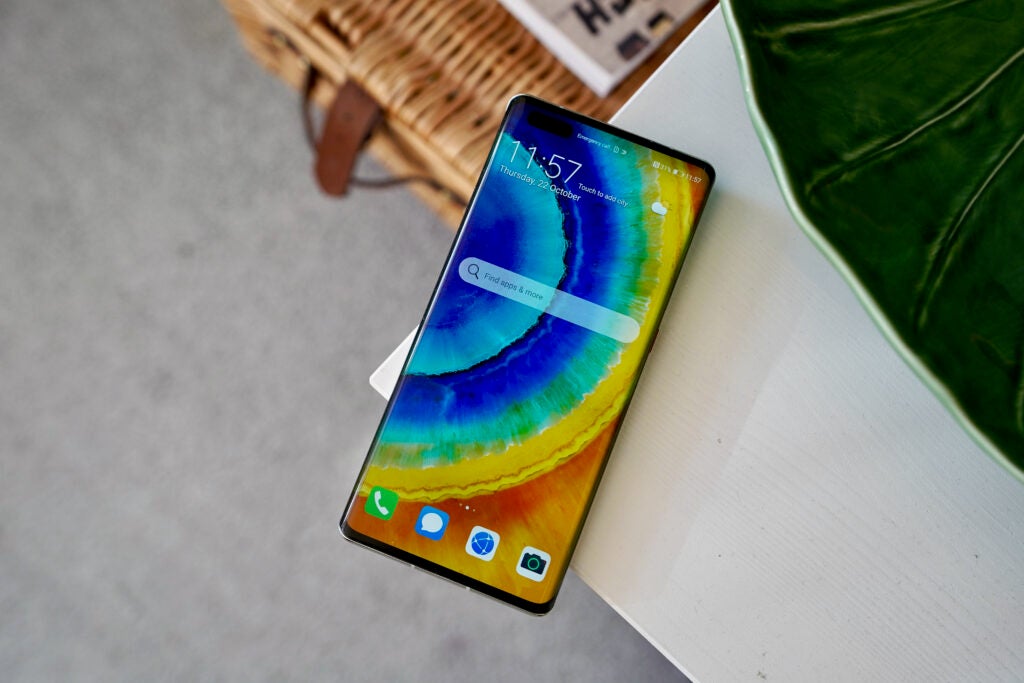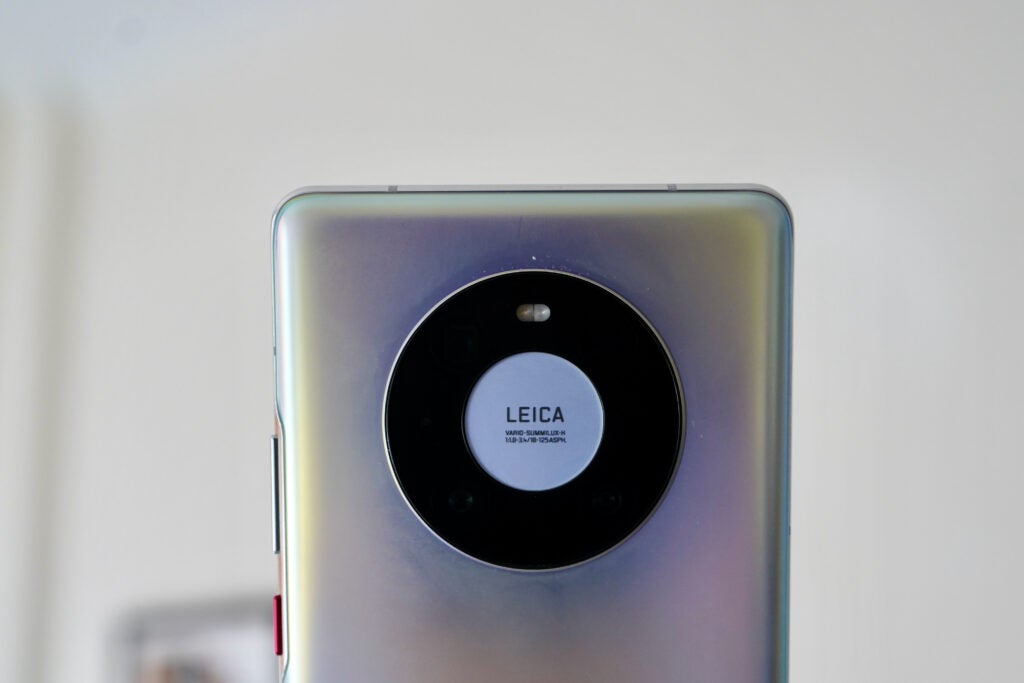Huawei Mate 40 Pro hands-on: Pure power

The Huawei Mate 40 Pro has just been announced and I’ve had the phone for the past few days. Not long enough for a full review, but time to give a quick overview of what this seriously powerful device offers.
The Mate series traditionally sits above the more consumer-friendly P line of Huawei phones, offering high-end tech before it trickles down. The new Kirin 9000 chipset, for example, that powers this phone will likely be used again for the P50 series.
As with other Huawei phones, the elephant in the room is the lack of Google services. This is something we’ve spoken about at length before and even though additions like Petal Search and a new Huawei Maps app that is debuting here help, the fact of the matter is that many apps and services you used every day are simply not supported by this phone.
But as a piece of hardware, the Huawei Mate 40 Pro feels advanced. Here’s what we think so far.

Related: Best phones
There are two clear priorities with the Mate 40 Pro: camera and performance. Powering the phone is the new Kirin 9000 chipset, which matches the 5nm construction of the A14 Bionic Apple unveiled in September. This is, of course, Huawei’s fastest and most efficient chipset yet and it has improvements to the CPU, GPU and NPU for AI. It also has a 5G modem integrated inside the chip, another notable step forward.
Judging phone performance outside of synthetic benchmark scores is becoming far more difficult. Even devices like the Pixel 5, which has a mid-range Snapdragon 765G chipset, is more than capable of handling just about everything you can throw at it. From games to intensive apps, even these more modest internals are impressive.
The Mate 40 Pro feels, as you would expect, fast. I haven’t noticed any form of lag anywhere. But really it’s in other areas where the power of that chip should come into its own. The 5nm efficiency should help battery life (signs are positive so far, but will need more time with the phone to truly judge endurance) while the vastly improved NPU is there to take the camera’s AI performance forward.
My review unit has 8GB RAM – notably lower than some competition, but still plenty of snappy multitasking – along with 256GB storage that can be expanded via Huawei’s own storage cards.
Processor aside, the other standout feature of the Mate 40 Pro is its multi-camera array which has once again been co-engineered with Leica. The main camera is a 50MP RYYB unit and Huawei calls this the largest sensor among flagship devices. I’ve shot a few pictures over the past few days and the results are excellent, with that large sensor really coming into its own in lower-light conditions and giving a natural blur. This is paired with a 5x periscope lens for nice looking zoom shots and an ultra wide camera too. I’ll have more thoughts on the camera in the coming days and weeks, and lots of comparisons with other big-hitters like the Pixel 5.

Like the Mate 30 Pro, there are dedicated cameras for video recording and Huawei says it has improved stabilisation and added support for HDR recording. There are also a few Leica filters for video recording and a number of controls over customisations.
There are another two cameras on the front and it’s great to see a wider angle lens that’s ideal for a selfie. The smart AI knows when you want to take a selfie with multiple faces in too, and it’ll automatically jump outwards.
Overall the AI is smart and very fast. If you’re taking a close up shot it’ll jump quickly into macro mode and give you more details or add that nice blur to portraits. It’s all done a lot quicker than on previous Huawei phones and it doesn’t seem to be quite so vigorous in ramping up the colours in saturated areas.
Related: Best camera phones

Other specs worthy of a mention are the 4400mAh battery, 66w wired charging and 50w wireless. The phone comes running EMUI 11, which is a very very minor update over its predecessor. The lack of Google means apps like Uber won’t work, you’re limited to streaming Netflix in blurry SD and I am still surprised there’s no mobile payments system here. You can get apps via APKs, Petal Search (which basically searches those APKs) and the App Gallery – although the latter is still fairly empty for UK specific apps. At least there’s a mapping app now in the form of Petal Maps, which uses TomTom’s mapping data and features things like 3D navigation and real-time traffic.
It’s not so much the apps themselves that makes the whole thing hard, but the framework around them. Apps that use any form of Google services don’t work and the NHS Covid app – something that’s pretty much required for checking into bars, restaurants and even shops – doesn’t work. This is Huawei’s fault, but I would have thought by now big apps like Netflix and Uber would be available with their full feature set.

Filling the front of the Mate 40 Pro is a 6.78-inch (read: BIG) display with seriously curved edges. It’s an OLED panel with a 2772×1344 resolution and a 90Hz refresh rate. I would assume it supports HDR, but there aren’t apps to utilise it here.
I have to say I do not like near 90-degree edges at all. Not only does it make the phone so hard to hold, but it gives the sides of the OLED a really strong green tint when you’re looking at white. It’s very off-putting. Curved screens might look flashy and futuristic and expensive…whatever – but they’re a right pain to use and even more so when they’re this steep.
The back of the phone is fairly plain. There’s a circular ring for the cameras that looks like you’ve turned an old iPod upside down and a matte finish. This mystic silver is fine, though not a particular standout.
Related: iPhone 12
First impressions
Fairly pedestrian looks and app situation aside, the Mate 40 Pro is a powerhouse that could be one of the best camera phones around.
The post Huawei Mate 40 Pro hands-on: Pure power appeared first on Trusted Reviews.
Source Trusted Reviews ,Home Appliances Reviews

No comments